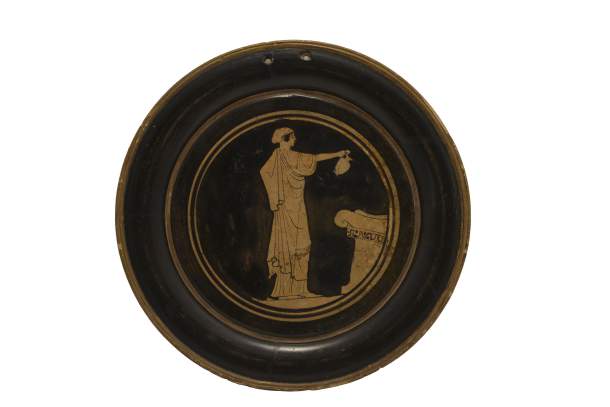HASS Projects with the Museum of Antiquities
Looking for a Research Project?
Knowledge, Skills, Professional Practice? A Capstone Experience?

Consider a Project with the Museum of Antiquities
The Project: Assessing Significance
What Is Significance?
'Significance' refers to the values and meanings of items and collections. Significance helps to unlock the teaching, research and public engagement potential of collections. Significance helps us to understand the history, ideas, cultures, and people behind items and collections.
Why Do Significance?
Collections are both the storehouses of the nation's memory and a stimulating key for future development. Collections speak to our identity, and our humanity, and provide us with a sense of our place in the world. By understanding our collections, significance helps us to understand ourselves and our world.
Get Significance 2.0: https://www.arts.gov.au/what-we-do/museums-libraries-and-galleries/significance-20
Project Proposal
To write a Significance Assessment for an artefact held in the collections of the UNE Museum of Antiquities.
Assessment
HASS301
Information about assessment will be added here soon.
HASS506
Information about assessment will be added here soon.
Textbook
Russell, R & Winkworth, K., eds., Significance 2.0: a guide to assessing the significance of collections, Collections Council Australia Ltd., Australia 2009.
Instructions
- Read Significance 2.0.
- Select an UNEMA artefact (Contact Dr Bronwyn Hopwood for assistance).
- Research the artefact's significance following Significance 2.0: Part 4: The Significance Assessment Process: A Single Item, pp. 22-25.
- Write up the research as an essay or file notes.
- Write the Significance Assessment following the example on pp.24-25 of Significance 2.0.
Further Information
- Candidates agree that UNEMA may use their project for any purpose in the future (eg. as a museum brochure, material to create audio-visual files, in teaching materials, publications, or as a research example etc). Candidates can ask to have projects made anonymous.
- Candidates agree to keep confidential, and not to distribute, and documentation provided by UNEMA for the project (eg. photos, registration and accession papers, sensitive information attached to an artefact's file).
- Candidates may consult other museums and experts to research the history, provenance, context, artistic and technical development of the artefact. Candidates must acknowledge all assistance received, and obtain permission for UNEMA to use any material provided without restriction (a written letter/email to this effect is sufficient).
- Candidates must meet a high standard of academic rigor in referencing, acknowledgements, and avoiding plagiarism.
If you are interested in applying please read about the Application Process.

